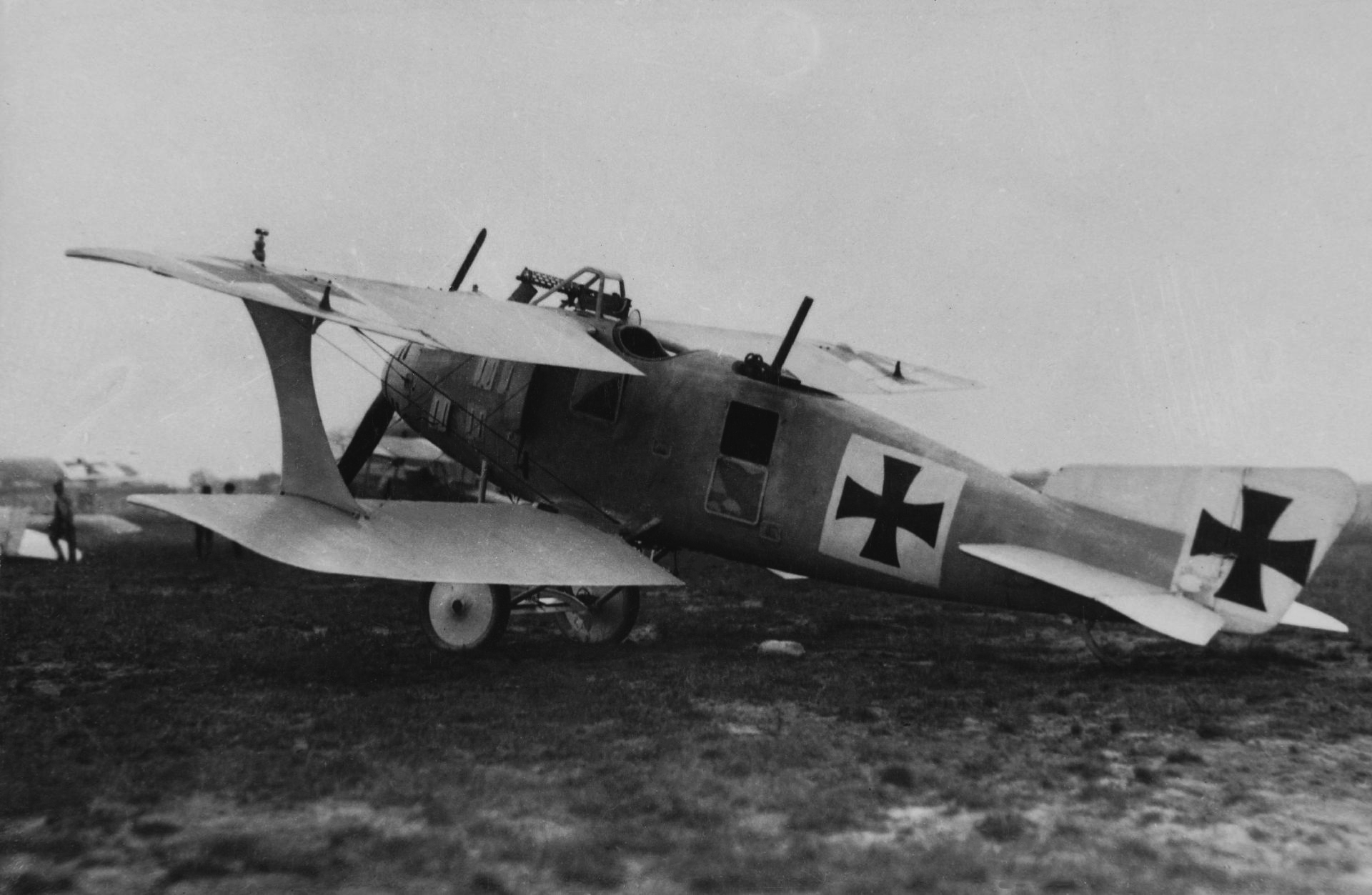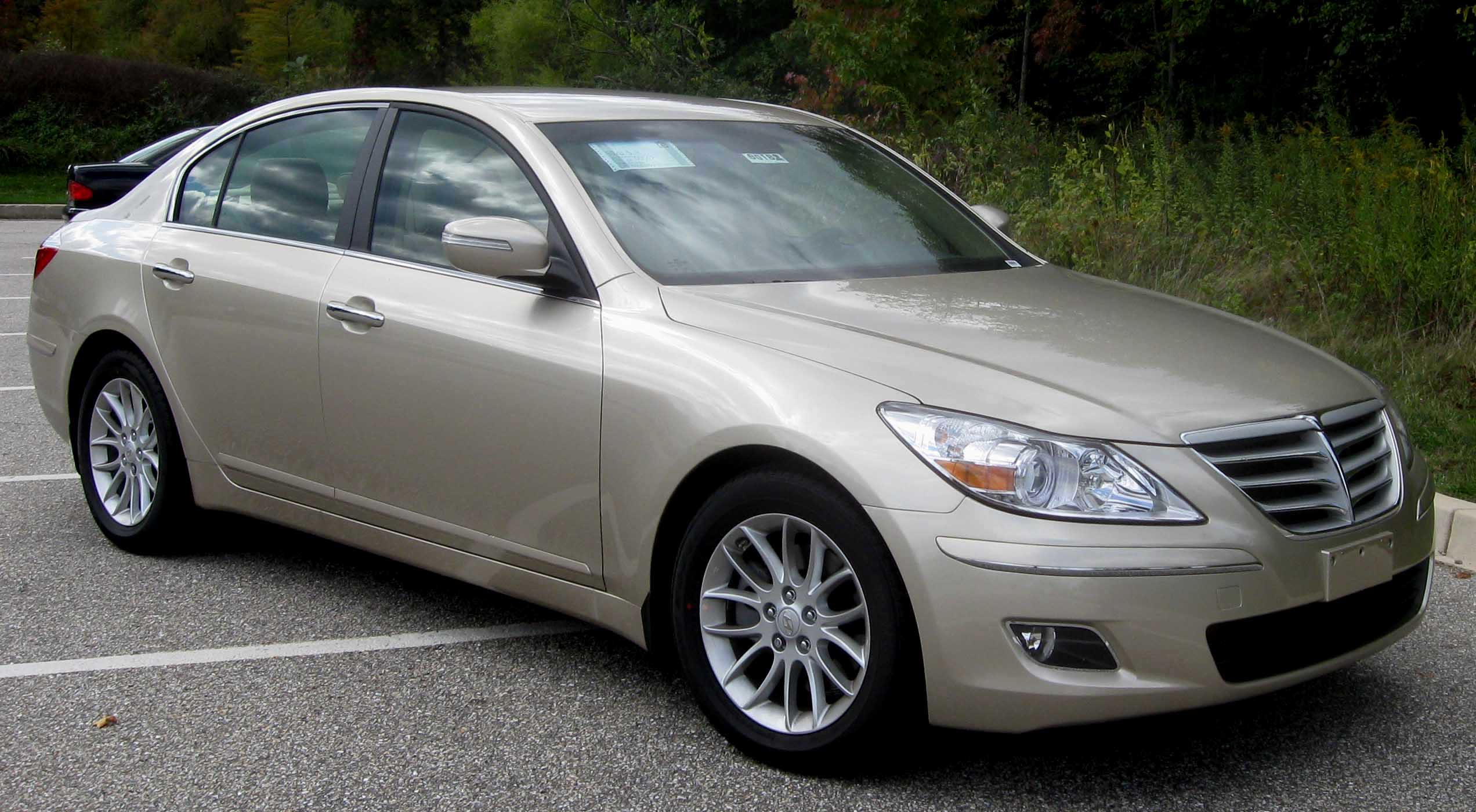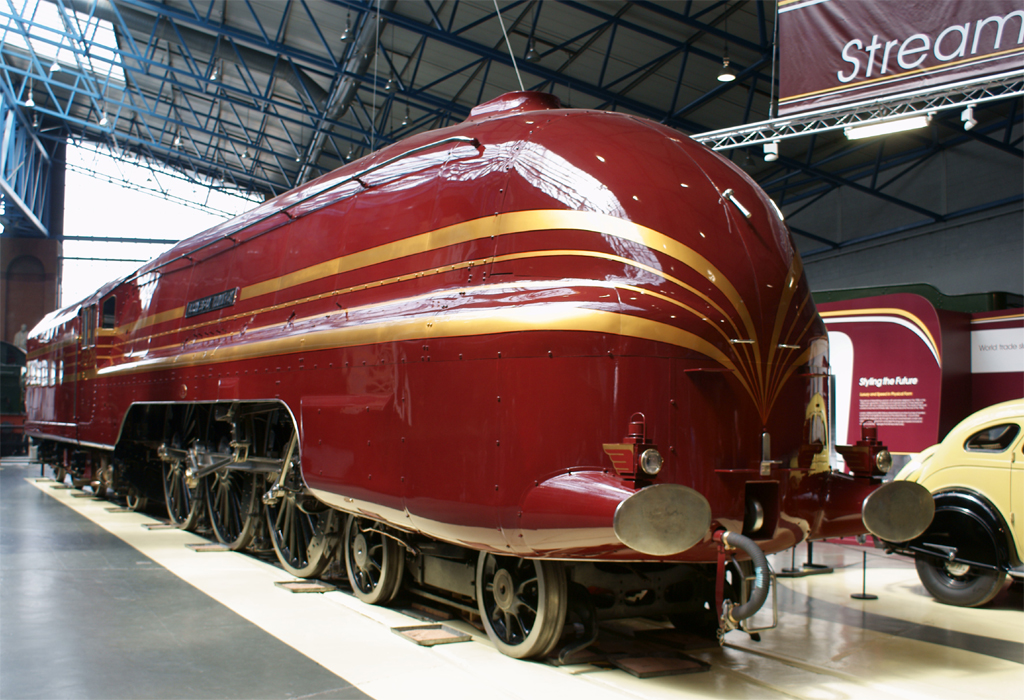|
Peugeot 202
The Peugeot 202 is a supermini developed and designed by the French car manufacturer Peugeot. Production of the car ran between 1938 and 1942 and then, after a brief production run of 20 in early 1945, restarted in mid-1946. It was sold until 1949, by when it had been replaced by the 203. Launch Production started in January 1938, and the car was formally launched on 2 March 1938 with a dinner and presentation for the specialist press in the fashionable Bois de Boulogne district of Paris. The previous autumn, at the 1937 Paris Motor Show, Peugeot had staged a massive "referendum" among visitors to the show stand to find out what customers expected from the new small car then under development. It is not clear whether there would still have been time to incorporate any of the suggestions of the public in the car as launched, but the participative nature of the exercise certainly generated positive pre-launch publicity for the 202. The body The steel bodied 202 was instantly re ... [...More Info...] [...Related Items...] OR: [Wikipedia] [Google] [Baidu] |
Peugeot
Peugeot (, , ) is a French automobile brand owned by Stellantis. The family business that preceded the current Peugeot companies was established in 1810, making it the oldest car company in the world. On 20 November 1858, Émile Peugeot applied for the lion trademark. Armand Peugeot (1849–1915) built the company's first vehicle, a Steam car, steam-powered tricycle. In 1886, the company collaborated with Léon Serpollet, followed by the development of an internal combustion car in 1890, which used a Panhard-Daimler-Motoren-Gesellschaft, Daimler engine. The Peugeot family and company are originally from Sochaux, where Peugeot still operates a large manufacturing facility and the Musée de l'Aventure Peugeot, Peugeot Museum. Peugeot vehicles have received numerous international accolades, including six European Car of the Year awards. The brand also boasts over a century of success in motorsport, with victories including the Indianapolis 500 in 1913, 1916, and 1919. Peugeot Spo ... [...More Info...] [...Related Items...] OR: [Wikipedia] [Google] [Baidu] |
Monocoque
Monocoque ( ), also called structural skin, is a structural system in which loads are supported by an object's external skin, in a manner similar to an egg shell. The word ''monocoque'' is a French term for "single shell". First used for boats, a true monocoque carries both tensile and compressive forces within the skin and can be recognised by the absence of a load-carrying internal frame. Few metal aircraft other than those with milled skins can strictly be regarded as pure monocoques, as they use a metal shell or sheeting reinforced with frames riveted to the skin, but most wooden aircraft are described as monocoques, even though they also incorporate frames. By contrast, a semi-monocoque is a hybrid combining a tensile stressed skin and a compressive structure made up of longerons and ribs or frames. Other semi-monocoques, not to be confused with true monocoques, include vehicle unibodies, which tend to be composites, and inflatable shells or balloon tanks, both of whi ... [...More Info...] [...Related Items...] OR: [Wikipedia] [Google] [Baidu] |
Rear-wheel-drive Vehicles
Rear-wheel drive (RWD) is a form of engine and transmission layout used in motor vehicles, in which the engine drives the rear wheels only. Until the late 20th century, rear-wheel drive was the most common configuration for cars. Most rear-wheel drive vehicles feature a longitudinally-mounted engine at the front of the car. Layout The most common layout for a rear-wheel drive car is with the engine and transmission at the front of the car, mounted longitudinally. Other layouts of rear-wheel drive cars include front-mid engine, rear-mid engine, and rear-engine. Some manufacturers, such as Alfa Romeo, Lancia, Porsche (944, 924, 928) and Chevrolet (C5, C6, and C7 Corvettes), place the engine at the front of the car and the transmission at the rear of the car, in order to provide a more balanced weight distribution. This configuration is often referred to as a transaxle since the transmission and axle are one unit. History 1890s to 1960s Many of the cars built in the 19th cent ... [...More Info...] [...Related Items...] OR: [Wikipedia] [Google] [Baidu] |
Peugeot Vehicles
Peugeot (, , ) is a French automobile brand owned by Stellantis. The family business that preceded the current Peugeot companies was established in 1810, making it the oldest car company in the world. On 20 November 1858, Émile Peugeot applied for the lion trademark. Armand Peugeot (1849–1915) built the company's first vehicle, a Steam car, steam-powered tricycle. In 1886, the company collaborated with Léon Serpollet, followed by the development of an internal combustion car in 1890, which used a Panhard-Daimler-Motoren-Gesellschaft, Daimler engine. The Peugeot family and company are originally from Sochaux, where Peugeot still operates a large manufacturing facility and the Musée de l'Aventure Peugeot, Peugeot Museum. Peugeot vehicles have received numerous international accolades, including six European Car of the Year awards. The brand also boasts over a century of success in motorsport, with victories including the Indianapolis 500 in 1913, 1916, and 1919. Peugeot Spo ... [...More Info...] [...Related Items...] OR: [Wikipedia] [Google] [Baidu] |
Second World War
World War II or the Second World War (1 September 1939 – 2 September 1945) was a World war, global conflict between two coalitions: the Allies of World War II, Allies and the Axis powers. World War II by country, Nearly all of the world's countries participated, with many nations mobilising all resources in pursuit of total war. Tanks in World War II, Tanks and Air warfare of World War II, aircraft played major roles, enabling the strategic bombing of cities and delivery of the Atomic bombings of Hiroshima and Nagasaki, first and only nuclear weapons ever used in war. World War II is the List of wars by death toll, deadliest conflict in history, causing World War II casualties, the death of 70 to 85 million people, more than half of whom were civilians. Millions died in genocides, including the Holocaust, and by massacres, starvation, and disease. After the Allied victory, Allied-occupied Germany, Germany, Allied-occupied Austria, Austria, Occupation of Japan, Japan, a ... [...More Info...] [...Related Items...] OR: [Wikipedia] [Google] [Baidu] |
PSA Sochaux Plant
The Stellantis Sochaux Plant is one of the principal car plants in France - in 2007 approximately 326,000 cars were produced there, and as of May 2011 the staff numbered 11,972 permanent workers, approximately 2,000 temporary workers, as well as over 800 employees from other companies working at the Sochaux plant. The plant was created by Peugeot in 1912, initially as a truck factory, but by the 1930s it had become the company's principal car manufacturing plant, and the main production site for all principal Peugeot models from then until 1972, when the company established a second major French car assembly plant in Mulhouse. In December 2010 the plant produced its 20 millionth car and celebrated by donating the car in question, a Peugeot 5008, to the Haiti Protestant Federation (Fédération protestante d'Haïti), backing the charity's orphan support work in the wake of a major earthquake. The plant is located in Sochaux in the department Doubs, at the eastern extremity of the ... [...More Info...] [...Related Items...] OR: [Wikipedia] [Google] [Baidu] |
Citroën Traction Avant
The Citroën Traction Avant () is the world's first mass-produced, semi-monocoque bodied, front-wheel drive car. A range of mostly four-door saloon (automobile), saloons and executive cars, as well as longer wheelbased ''"Commerciale"'', and three row seating ''"Familiale"'' models, were produced with four- and six-cylinder engines, by French carmaker Citroën from 1934 to 1957. With some 760,000 units built, the Traction Avants were the first front-wheel drives made in such (six-figure) quantity. Whilst front-wheel drive and four-wheel independent suspension had been established in production cars by Auto Union, and subsequently by others a few years prior – the Traction Avant pioneered integrating these into a mass-production car with a crash resistant, largely unitary, monocoque body. Additionally, the car was also an early adopter of Rack and pinion#Steering, rack and pinion steering. Although the car's name ("Traction Avant" literally means "front traction") emphasized its ... [...More Info...] [...Related Items...] OR: [Wikipedia] [Google] [Baidu] |
Renault
Renault S.A., commonly referred to as Groupe Renault ( , , , also known as the Renault Group in English), is a French Multinational corporation, multinational Automotive industry, automobile manufacturer established in 1899. The company currently produces a range of cars and vans. It has manufactured trucks, tractors, tanks, buses/coaches, aircraft and aircraft engines, as well as autorail vehicles. Headquartered in Boulogne-Billancourt, near Paris, the Renault group is made up of the namesake Renault marque along with subsidiaries Automobiles Alpine, Alpine, Automobile Dacia, Dacia from Romania, and Mobilize (marque), Mobilize. It is part of Renault–Nissan–Mitsubishi Alliance (previously Renault–Nissan Alliance) since 1999. The French state and Nissan each own a 15% share of the company. Renault also has other subsidiaries such as RCI Banque (automotive financing), Renault Retail Group (automotive distribution), and Motrio (automotive parts). Renault has various joint ... [...More Info...] [...Related Items...] OR: [Wikipedia] [Google] [Baidu] |
Renault Juvaquatre
The Renault Juvaquatre () is a small family car / compact car produced by the France, French manufacturer Renault between 1937 and 1960, although production stopped or slowed to a trickle during the Second World War, war years. The Juvaquatre was produced as a sedan (car), sedan/saloon until 1948 when the plant switched its full attention to the new Renault 4CV. During the second half of 1952 the plant restarted production of the Juvaquatre sedans/saloons for a period of approximately five months. In 1950 a van based station wagon body joined the range; later models of the station wagon (from 1956 on) were known as the Renault Dauphinoise (). The sedan/saloon found itself overshadowed and was soon withdrawn from production after the appearance in 1946 of the Renault 4CV (which was France's top selling car in the post-Second World War years). However, there was no estate version of the rear engined 4CV or Dauphine, and the Juvaquatre "Dauphinoise" station wagon remained in ... [...More Info...] [...Related Items...] OR: [Wikipedia] [Google] [Baidu] |
Peugeot 402
The Peugeot 402 is a large family car produced by Peugeot in Sochaux, France, from 1935 to 1942. It was unveiled at the Paris Motor Show in 1935, replacing the Peugeot 401. The Peugeot 402 stands out in automotive design by its very streamlined, but also still somewhat Art Deco styling, strongly influenced by that of the 1934 Chrysler Airflow; especially the low-volume 402 Darl'mat coupé is viewed as distinctly Art Deco. Peugeot's 402 took it two steps further, however: the grille has an even more pronounced rake, but most importantly, Peugeot brought the headlights to the center, behind the grille, and in front of the Radiator (engine cooling), radiator, sixteen years before the 1951 General Motors Le Sabre concept car. Contrary to Chrysler's Airflow, the Peugeot 402 wasn't a sales flop. Furthermore, the 402 Éclipse décapotable, made in collaboration with Carrosserie Pourtout, Pourtout coachbuilders, was one of the world's first Retractable hardtop, convertible hard-top pr ... [...More Info...] [...Related Items...] OR: [Wikipedia] [Google] [Baidu] |
Streamliner
A streamliner is a vehicle incorporating streamlining in a shape providing reduced air resistance. The term is applied to high-speed railway trainsets of the 1930s to 1950s, and to their successor " bullet trains". Less commonly, the term is applied to fully faired upright and recumbent bicycles. As part of the Streamline Moderne trend, the term was applied to passenger cars, trucks, and other types of light-, medium-, or heavy-duty vehicles, but now vehicle streamlining is so prevalent that it is not an outstanding characteristic. In land speed racing, it is a term applied to the long, slender, custom built, high-speed vehicles with enclosed wheels. Trains Before World War II Europe * Germany, 1930: The first high-speed streamliner in Germany was the '' Schienenzeppelin'', an experimental propeller-driven single car, built in 1930. On 21 June 1931, the car set a speed record of on a run between Berlin and Hamburg. In 1932 the propeller was removed and a h ... [...More Info...] [...Related Items...] OR: [Wikipedia] [Google] [Baidu] |
Simca 8
The Simca 8 is a small family car built by Simca and sold in France between November 1937 and 1951 (including wartime), available as a saloon, coupé or cabriolet. It was a rebadged Fiat 508C "nuova Balilla" made at Fiat's Simca plant in Nanterre, France. High profile launch breaking records The Simca 8 was first presented, at the Paris Motor Show in October 1937, and sales in France started almost immediately in November. Early the next summer Henri Pigozzi, Simca's energetic boss, organised a three part endurance run under the supervision of the ACF. A single Simca 8 undertook a "non-stop" 50,000 kilometer (31,075 miles) run split as follows: * 10,000 kilometers (6,215 miles) lapping the Montlhéry circuit averaging 115.1 km/h (72 mph) and returning 7.9 L/100 km * 20,000 kilometers (12,430 miles) on open roads averaging 65 km/h (40 mph) and consuming 6.0 L/100 km * 20,000 kilometers (12,430 miles) in Paris averaging (impressively) 54 km/h ... [...More Info...] [...Related Items...] OR: [Wikipedia] [Google] [Baidu] |








